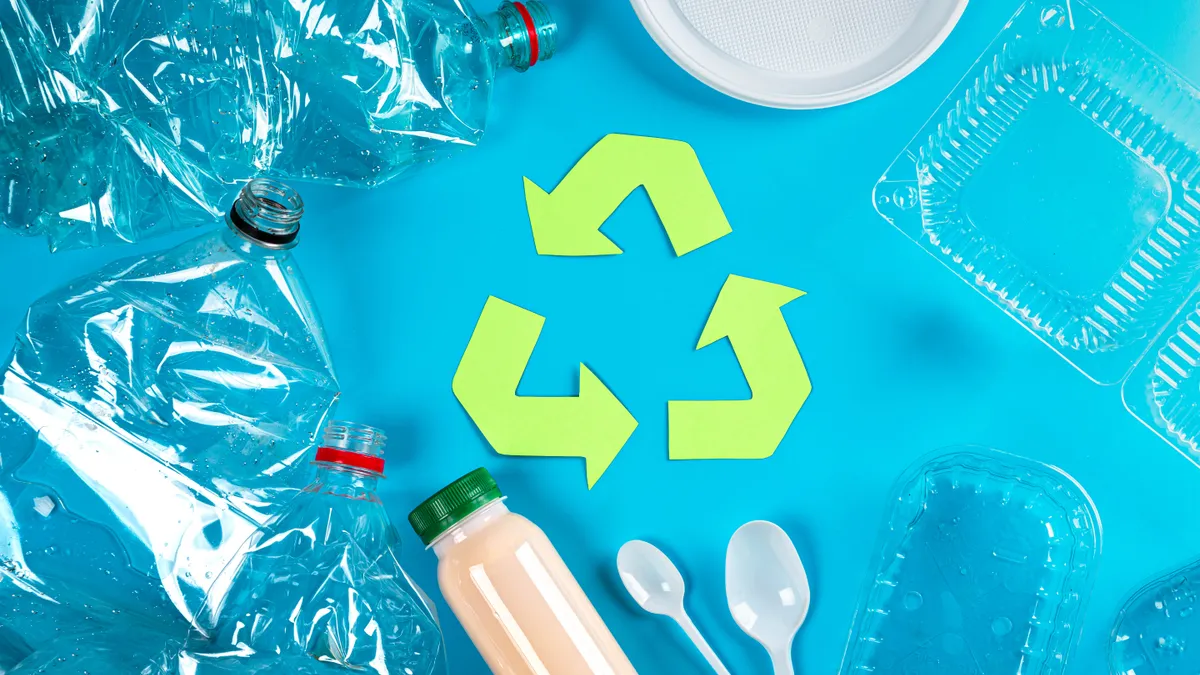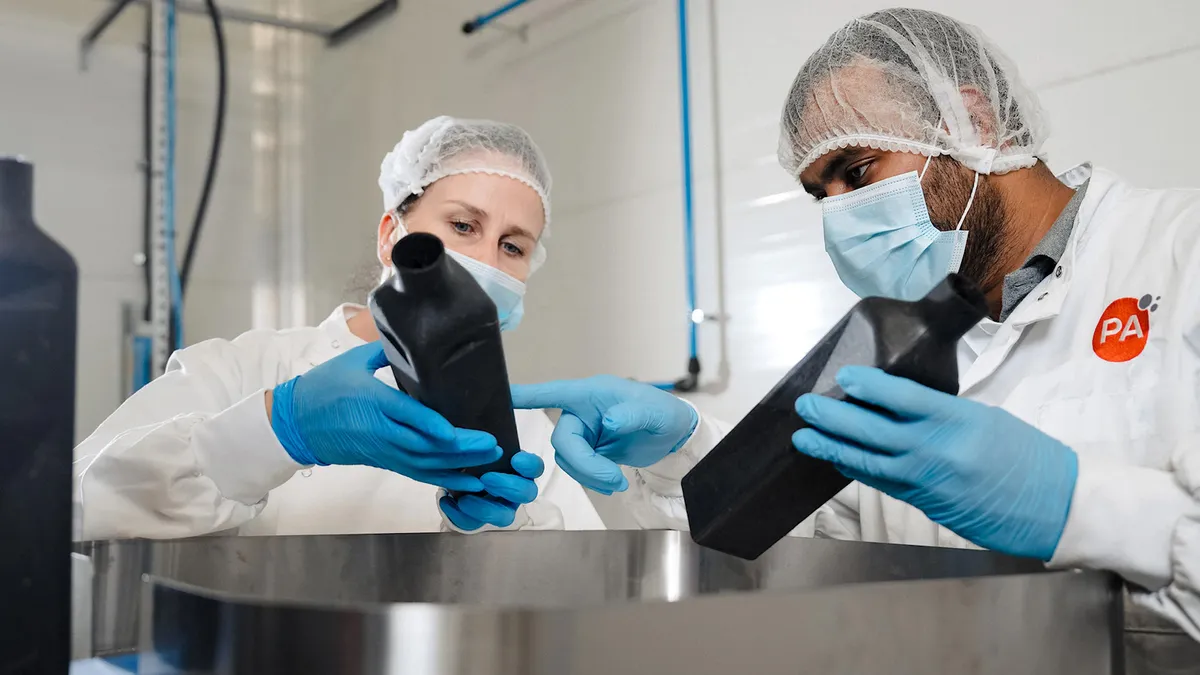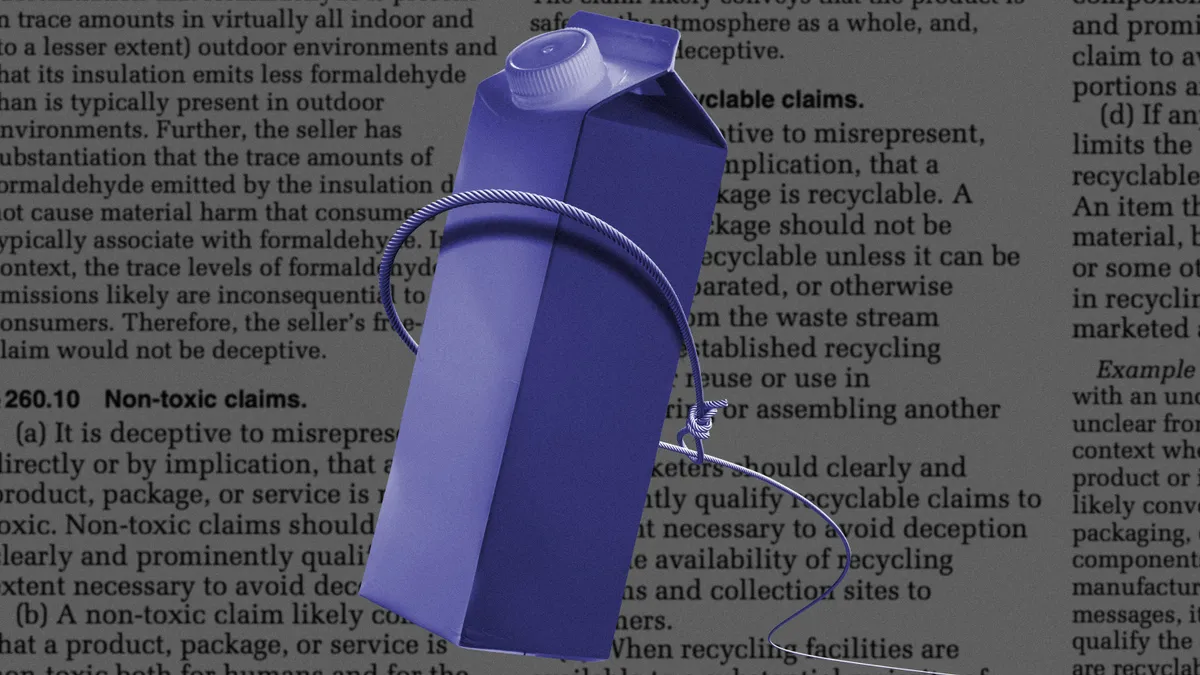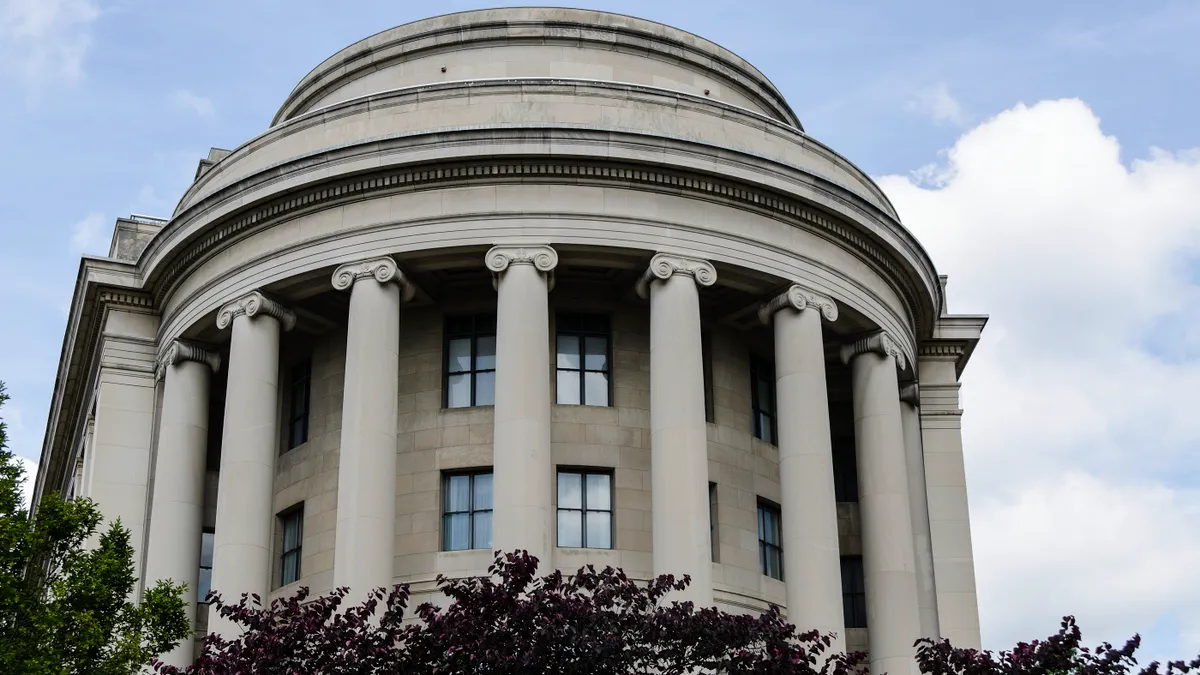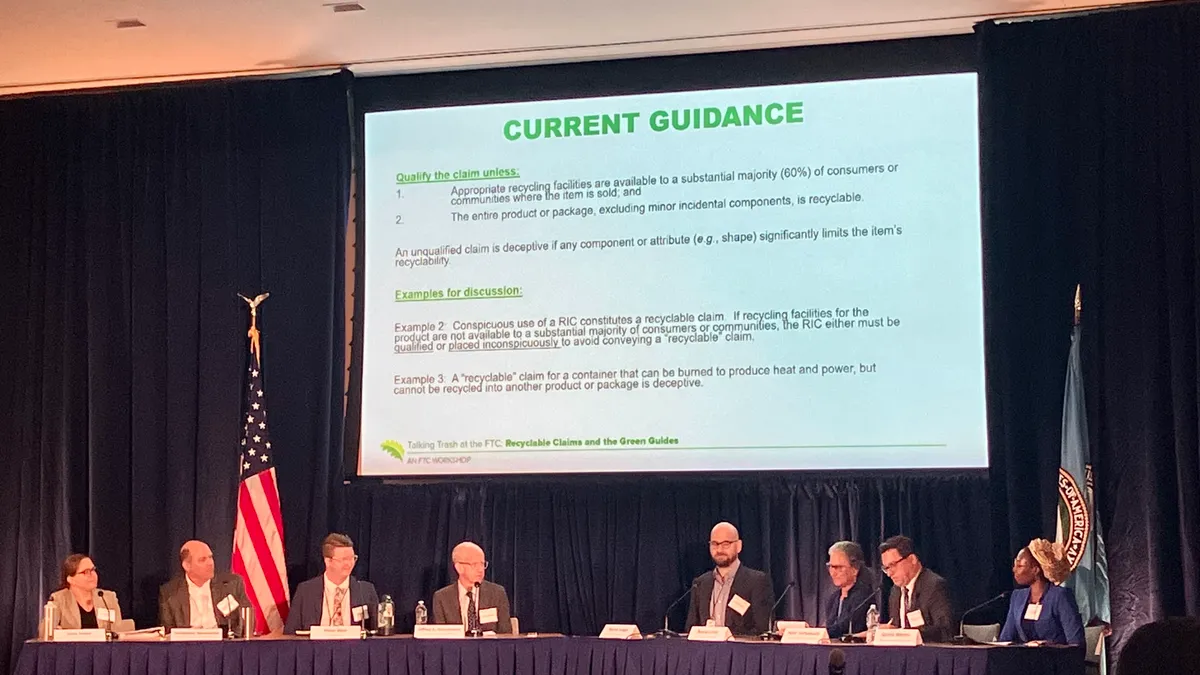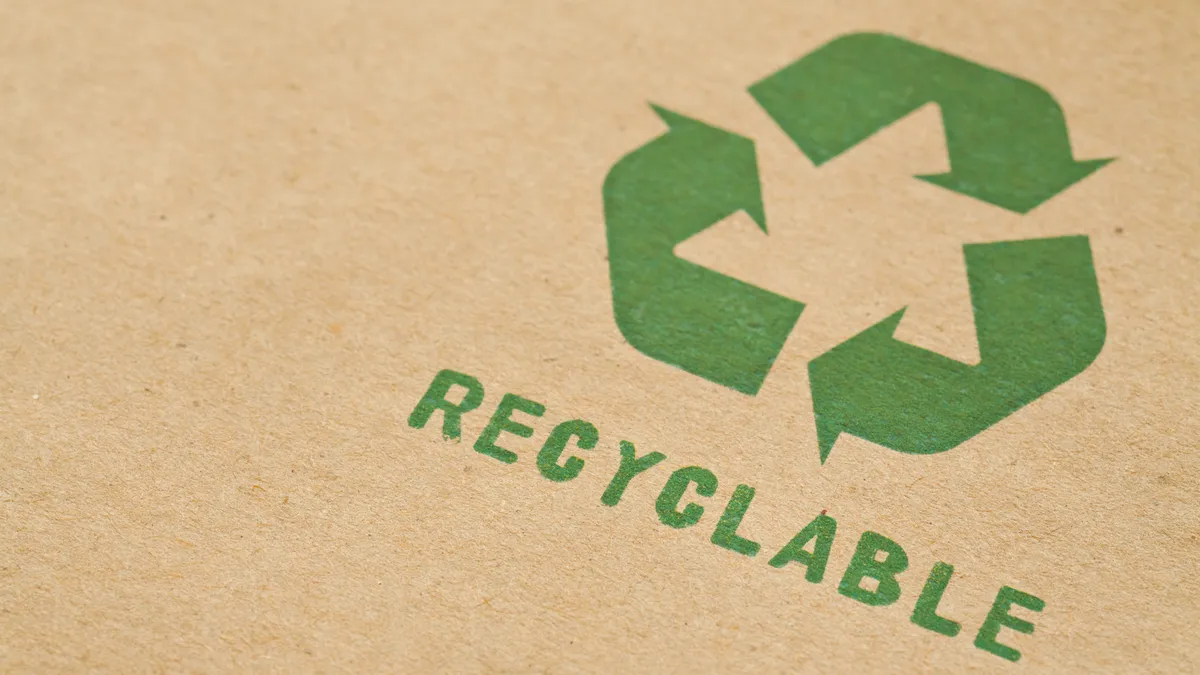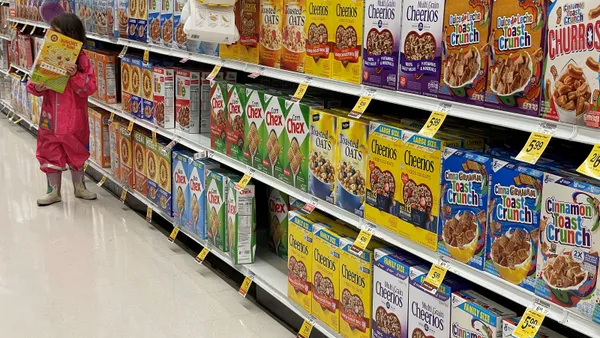Members of the recycling, waste and packaging industries have offered numerous suggestions for how the Federal Trade Commission should update its Green Guides, a document for how to market environmental claims without being deceptive. Groups called for measuring claims against modern recycling market conditions and adjusting labeling and postconsumer content guidance.
The commission updates its guidance about once a decade to better match today’s products, packaging, markets and recycling systems. The public comment period, a key step in updating the guides, closed on April 24.
Stakeholders have been eagerly anticipating the FTC’s latest Green Guides review, saying that greenwashing concerns have gotten worse in the 11 years since the document was updated in 2012. The types of packaging and products on the market have changed vastly, commenters said. China also enacted major recycling and waste policies like Green Fence and National Sword, and a wave of U.S. state policies for extended producer responsibility, recycling labeling and recycled content also resulted in big market changes.
The FTC has said consumers are becoming more and more interested in buying products that are sustainable, but they don’t always have clear ways of verifying such claims. The commission currently says marketers should qualify recyclability claims when recycling facilities are not available to at least 60% of consumers where a product is sold. Updating the Green Guides is one part of the process to make claims less confusing or misleading, and the FTC will also host a public workshop on May 23.
Below are some highlights from submitted comments:
U.S. EPA
The EPA’s Office of Chemical Safety and Pollution Prevention challenged the FTC to increase its threshold for recyclable claims beyond the current 60% rate, saying that “there should be a very high bar for all qualified and unqualified environmental claims.” The agency said that products and packaging should not be considered recyclable without strong end markets that “can reliably be sold for a price higher than the cost of disposal.” The agency also called for a review of the current resin codes for plastics, saying “chasing arrow symbols [do] not accurately represent recyclability.” Other suggestions included using third party certifications to review environmental claims.
Ameripen
Ameripen called for the federal government — including Congress, the U.S. EPA and the FTC — to help harmonize environmental marketing claims. The packaging industry says it has worked to make packaging more sustainable, “yet all these efforts, and all stakeholders — including industry, state governments, and consumers — are frustrated by the lack of a coherent federal policy around environmental marketing claims for packaging.”
In the meantime, states adopted their own patchwork of environmental marketing laws for packaging, making it “increasingly difficult, if not practically impossible” for purveyors of packaging to establish compliance for products sold at the national level, all the while increasing “consumer confusion and mistrust,” among other challenges.
Consumer Brands Association and others
The Consumer Brands Association — writing in conjunction with the U.S. Chamber of Commerce, American Chemistry Council, Ameripen, Can Manufacturers Institute, Plastics Industry Association and other groups — called for more research on the public’s understanding of environmental marketing claims. It’s important to distinguish between marketing claims and instructions for recyclability, the group said. The group wants the FTC to address these differences at the upcoming May workshop and through future consumer perception research.
The groups also asked the FTC to account for marketplace dynamics and technical aspects of environmental benefit claims. Expanding explanatory provisions with more examples would help marketers in avoiding deceptive claims, they said.
The Association of Plastic Recyclers
APR offered numerous suggestions on how to measure recycled content claims. It called for postconsumer resin claims to be measured on a per product or annual weighted average that accounts for the actual amount of recycled material. APR believes mass balance — a process meant to track inputs when both recycled and virgin resin are used in a product — is misleading because consumers are unfamiliar with the term and there is “little to no physical traceability to prove that there is any physical recycled content in the actual product.”
APR also asked the FTC to keep its current recyclability claim threshold at 60%. APR wants the Green Guides updated again within five years instead of 10, a suggestion echoed by several other groups.
The Recycling Partnership
The organization’s comments called for a “rigorous, data-driven approach” to determine product recyclability and touted its Pathway to Circularity Framework as a model for measuring such claims. A “substantial majority” of consumers must have access to recycling systems for that product and consumers must recognize that the product is recyclable. A recycling facility must be able to recycle it effectively and there must be sufficient end markets for the material, TRP said.
The Last Beach Cleanup, Beyond Plastics, Just Zero, Plastic Pollution Coalition, Center for Biological Diversity and Greenpeace USA
The groups called for the FTC to codify the Green Guides into law while also incorporating parts of California’s Truth in Labeling law. The group believes California’s law would strengthen current FTC guidance because it adds specific prohibitions such as allowing the chasing arrows symbol only on products that meet strict requirements for recyclability. The group also wants products labeled as recyclable through store drop-offs to only be recognized as such when a company can prove the drop-off program captures and recycles at least 75% of the material.
The group also is against using mass balance as a recycling metric, saying the definition of recycled content should be “actual physical content from materials that have passed through the hands of individual consumers.” Chemical recycling companies and plastic industry groups have pushed back, saying mass balance is a rigorous and legitimate process for claiming products as having recycled content.
Closed Loop Partners
Given a patchwork of state laws that created “an unworkable packaging label system for consumers, brands, and recyclers,” Closed Loop Partners recommends that the Green Guides clarify that where there are laws at any level conflicting with Green Guides, the Green Guides would be the priority.
Closed Loop also recommends the Green Guides include definitions for reusable and refillable packaging. The organization offered distinctions for what types of plastics and products should be labeled recyclable or compostable.
Alliance of Mission-Based Recyclers
A major concern for the coalition of nonprofit recycling businesses and MRF operators is the “ever increasing contamination in the recycling stream” due to misleading labeling, an increase of single-use products and packaging made of mixed materials. AMBR says Green Guides updates must require “simplified and streamlined product design and labeling” to reduce consumer confusion. Meanwhile, “compostable” claims must be backed up with ASTM certifications.
AMBR, along with numerous environmental groups, considers most forms of chemical recycling to be greenwashing and said the technologies are not economically or technologically feasible. Yet the American Chemistry Council advocated for chemical recycling in its own comments to the FTC, saying the processes should count toward companies' recycled content commitments and recyclability goals.




